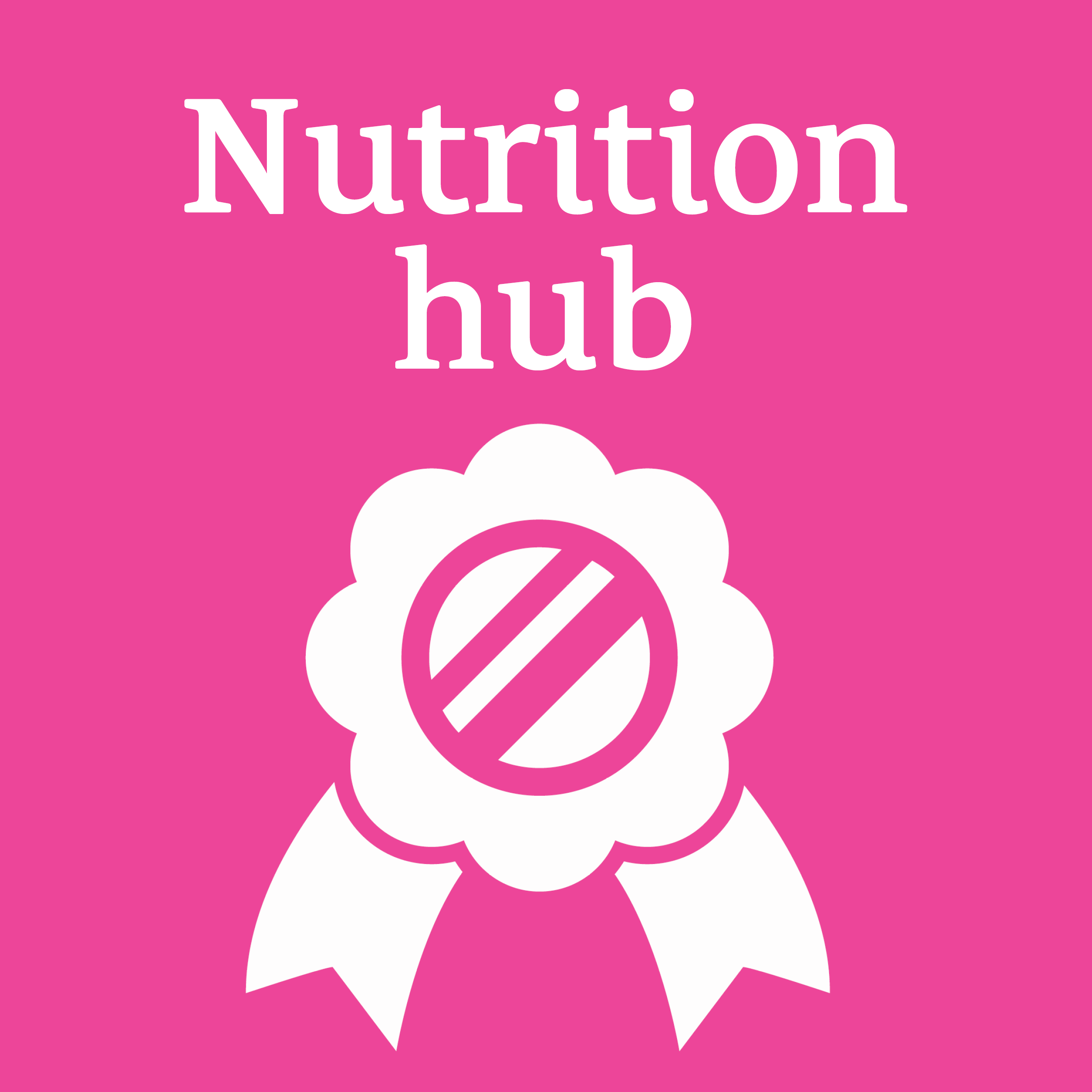Nutrition FAQs

Answers to your common questions
Here, we have put together answers to your most frequently asked questions. Some of the most common include, laminitis, weight management, how to manage excitability, feeding senior horses and how to feed your new horse. Also find out the truth about sugar and protein. Please use our categories belowor if you’re after something specific use our search bar below.
FAQs
-
Can I turn my horse out on frosty grass or snow?
In general yes, although turnout on frosty grass, particularly in conjunction with bright sunlight should be avoided for horses prone to colic or laminitis.
How long should I soak my horse/ pony’s hay to help reduce the sugar content?
Research has shown that soaking hay for 12-16 hours in tepid water can reduce water soluble carbohydrate content by up to 50%. However, it is important to remember that results are variable and soaking alone cannot guarantee suitability for laminitics. Reduce soaking to a maximum of 6 hours in hot weather.
How long should I soak my horse/ pony’s hay to help support respiratory health?
Research has shown that soaking hay for just 10 minutes causes the majority of dust spores to swell so that they are ingested rather than inhaled. However, remember to feed soaked hay immediately after soaking as the spores may become airborne again once dried.
Should I feed less haylage than hay?
No. In fact you need to feed approximately 1.2-1.5 (20-50%) more haylage than hay by weight to account for the higher moisture content. Remember – nutrients are diluted in water!
Is it true that haylage is higher in nutrients than hay?
No. In truth the nutritional value of both hay and haylage varies considerably and haylage is not automatically higher in energy (calories), protein or sugar as commonly thought. The only way to determine the nutrient content of any forage is to have it analysed.
How much hay/ haylage should I feed?
Ideally hay/ haylage should be fed ad-lib, particularly for stabled horses or those with limited grazing. For good-doers, total forage intake (including grazing) should not be restricted to less than 1.5% bodyweight (DM) per day. In practice:
Ignore grass intake in horses turned out for only a few hours
Feed a minimum of half the horse’s minimum daily forage ration as hay/ haylage for horses stabled for 12 hours i.e. 4kg for a 500-550kg horse
Feed 1.2-1.5 (20-50%) more haylage than hay by weight to account for the higher moisture content
Good doers may winter out on grazing alone except for in the coldest of weather or when the grass is covered in snow



